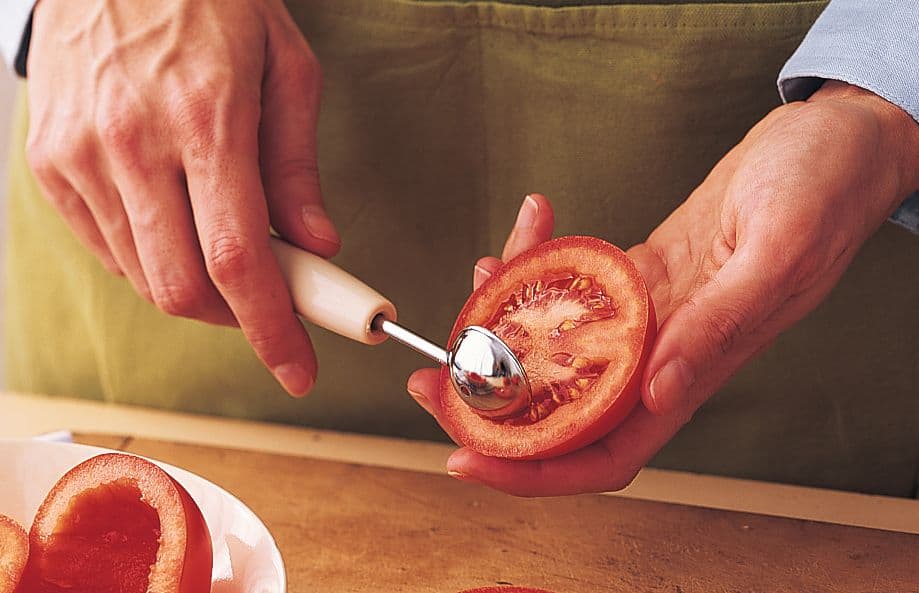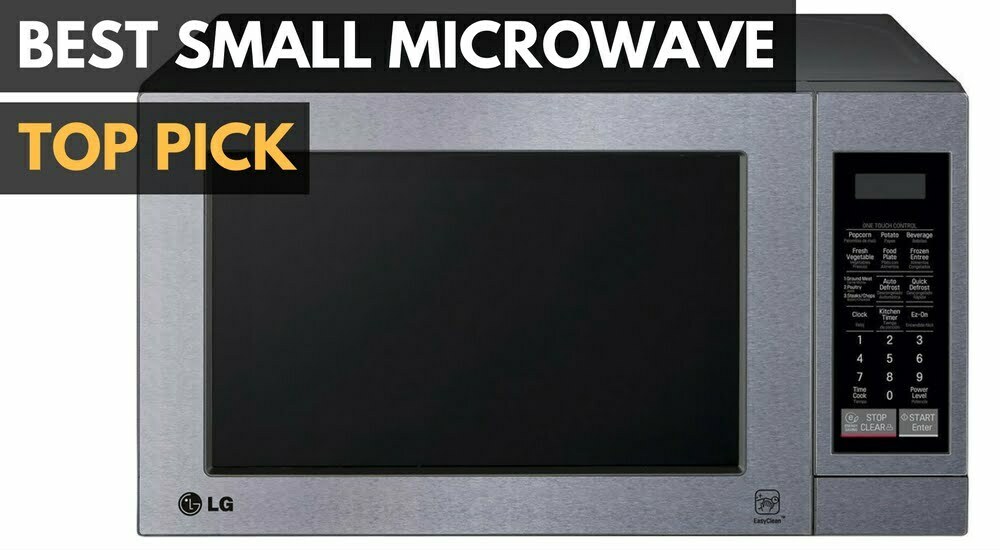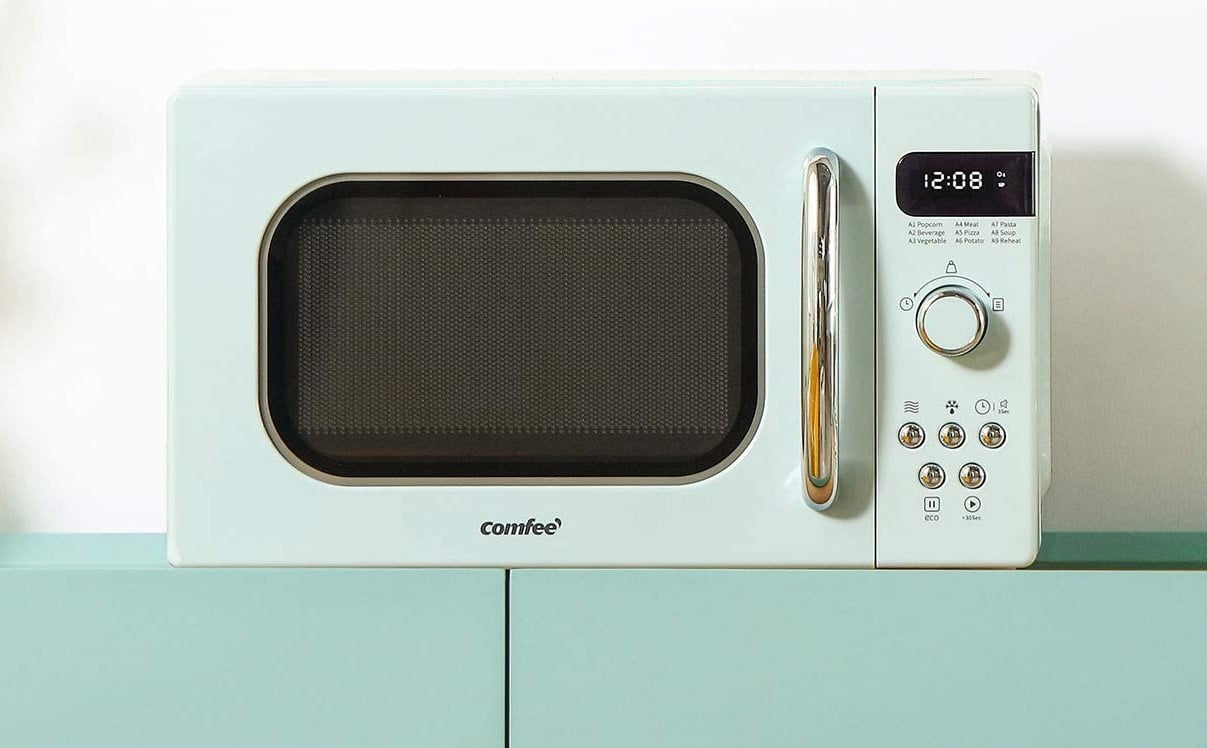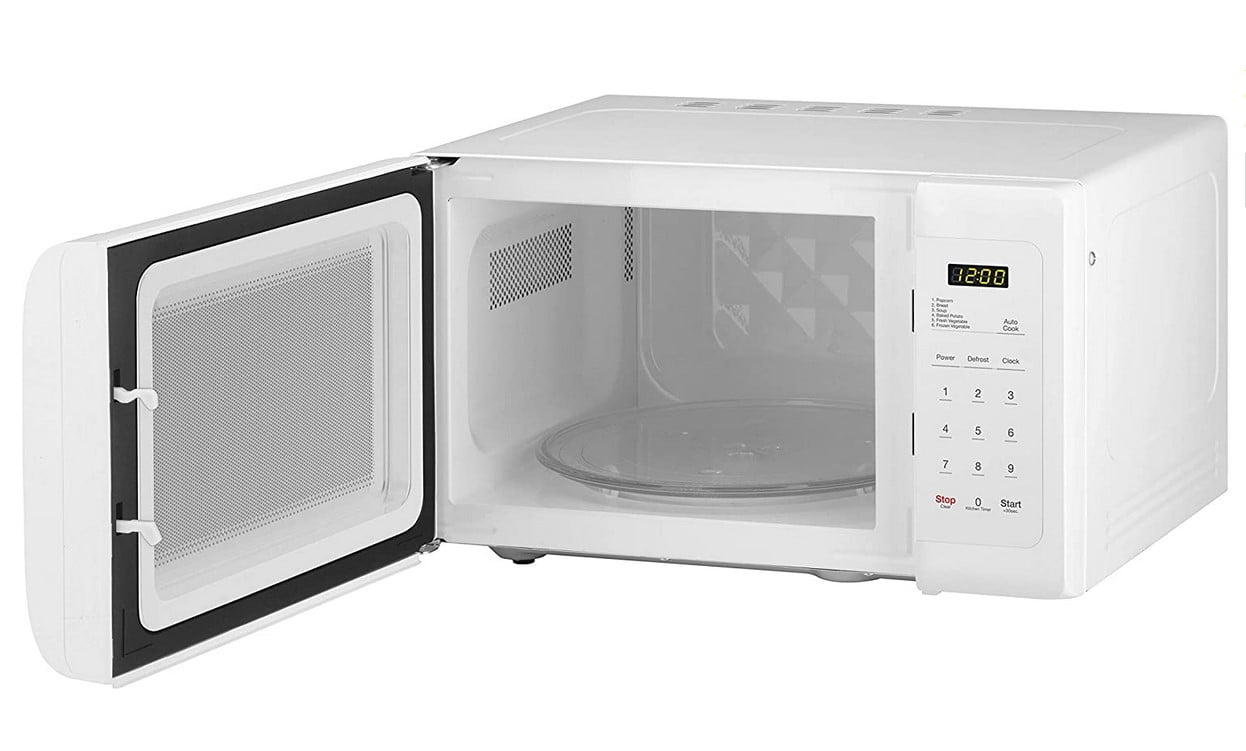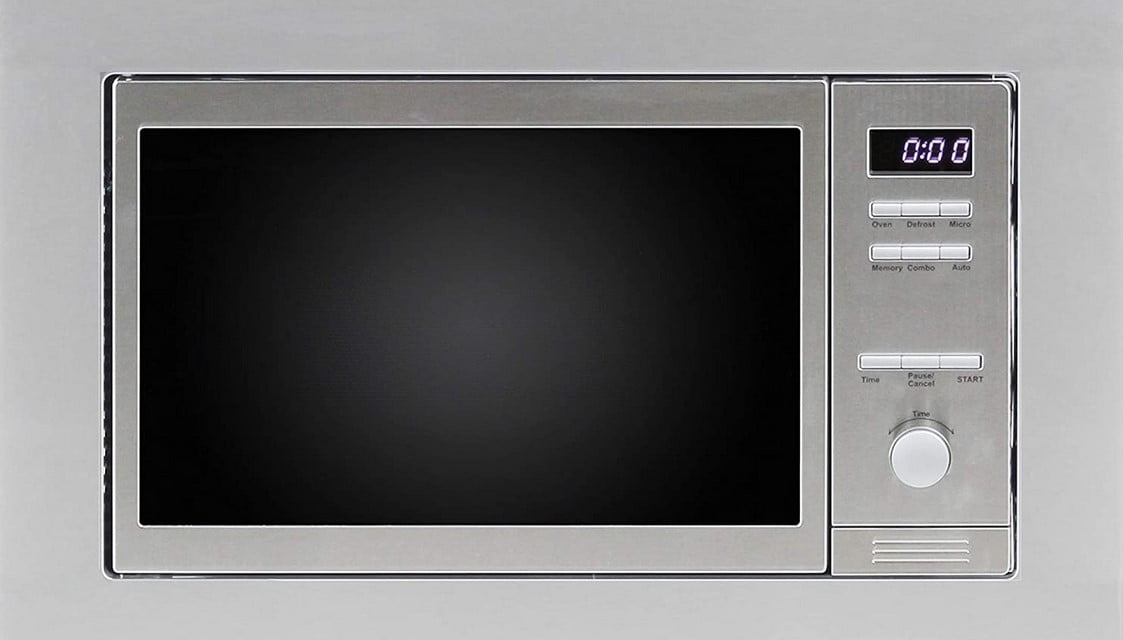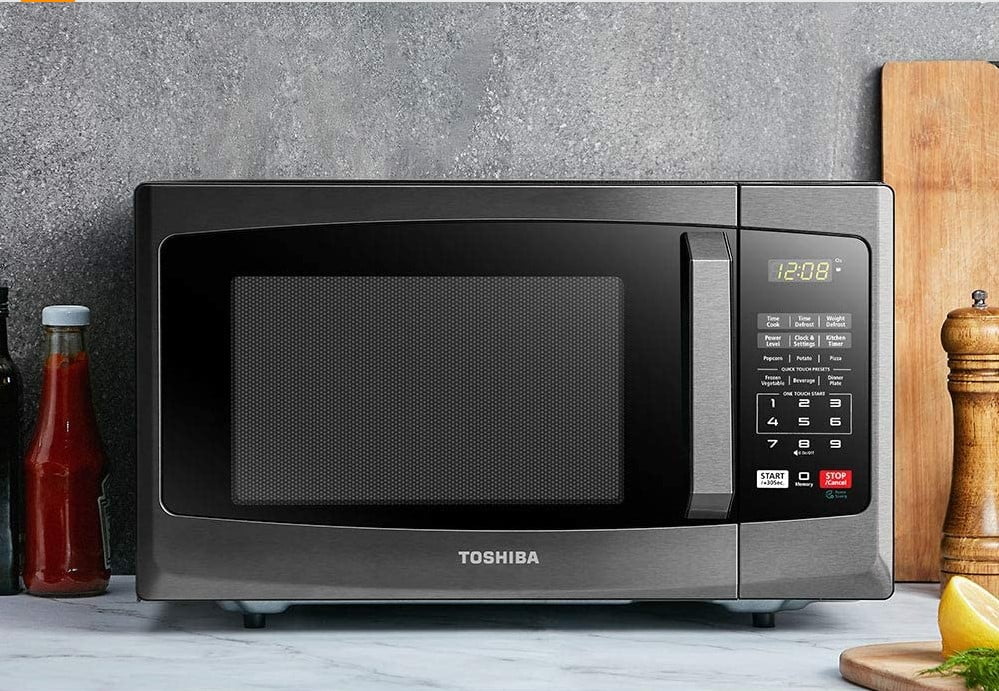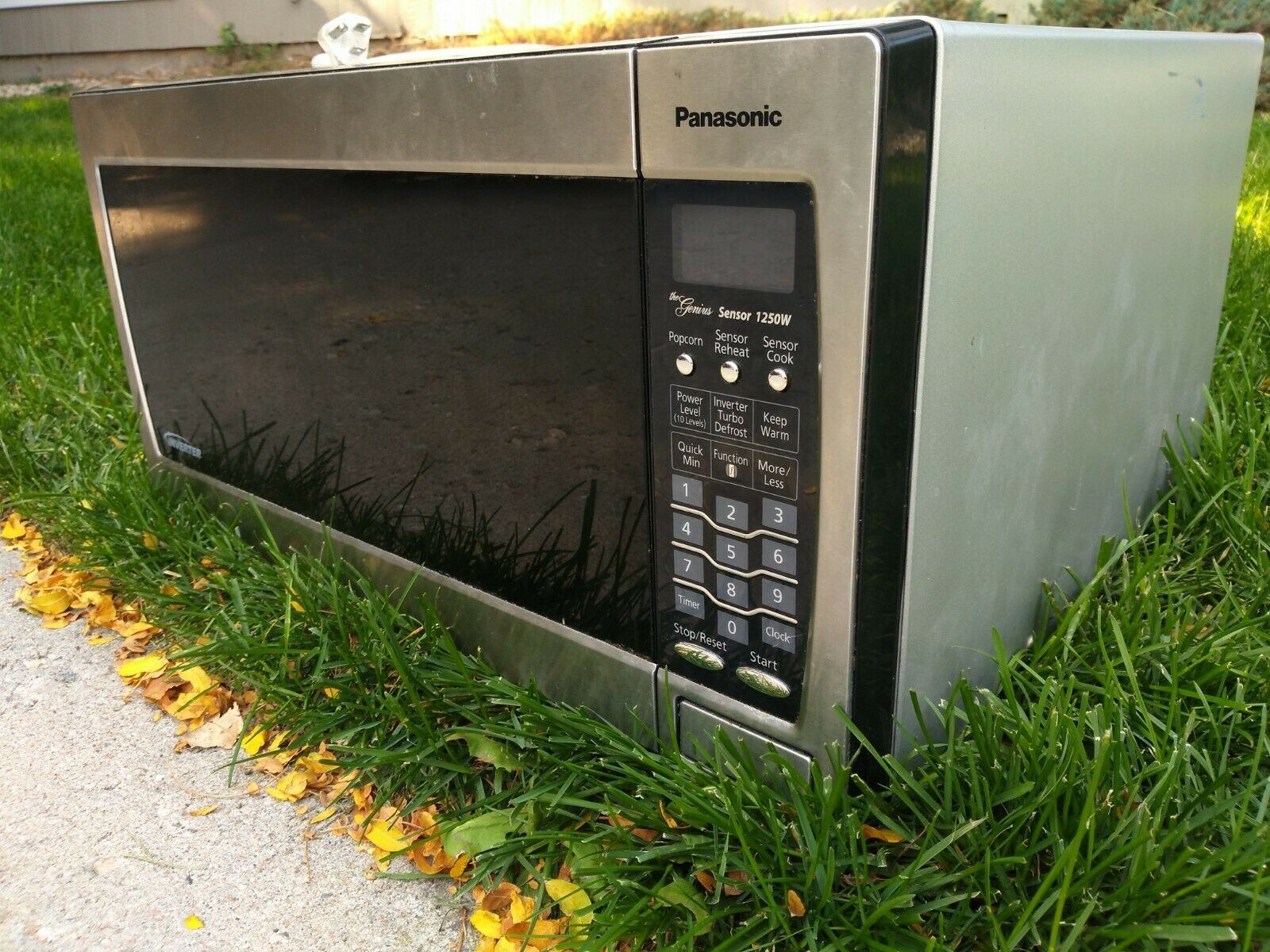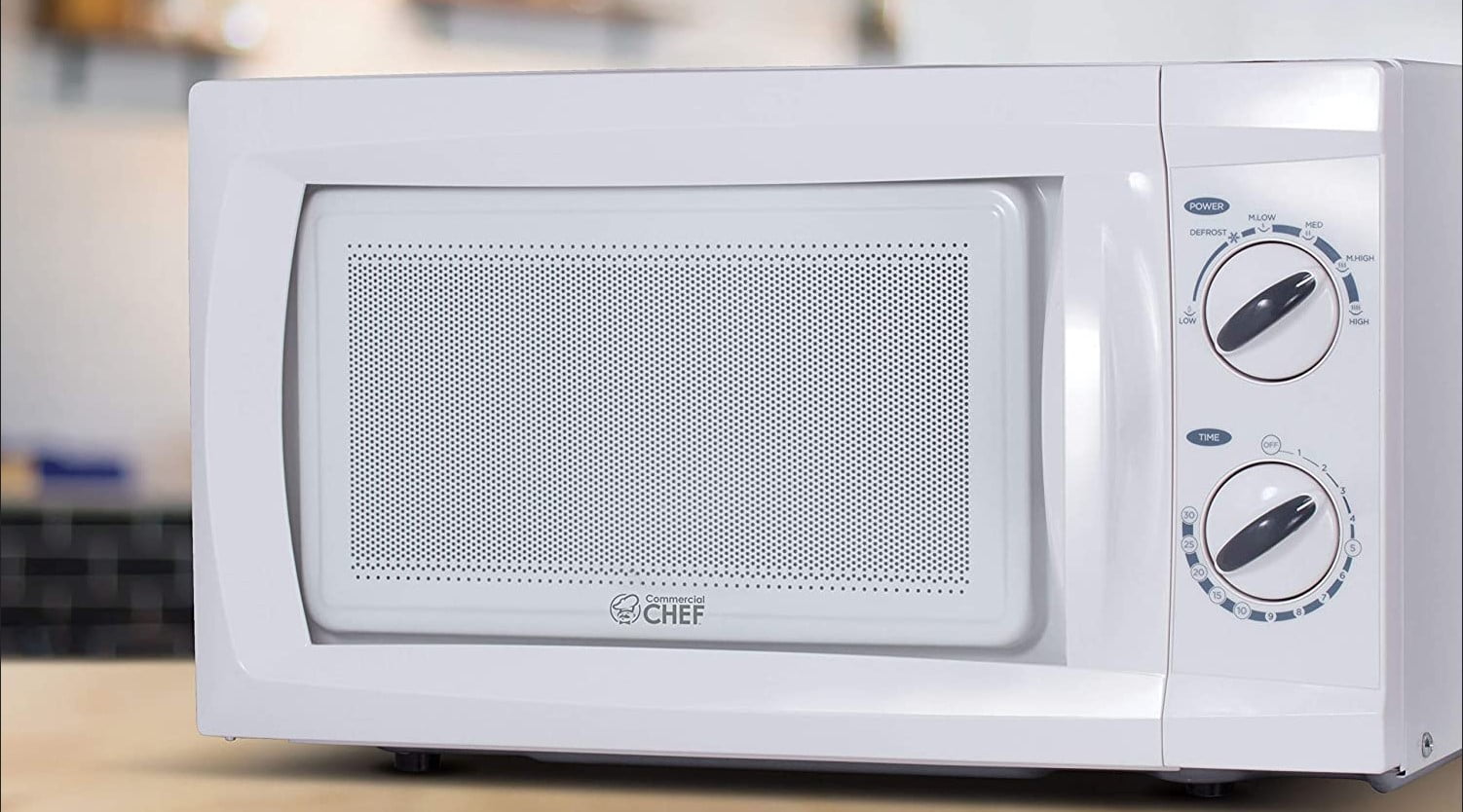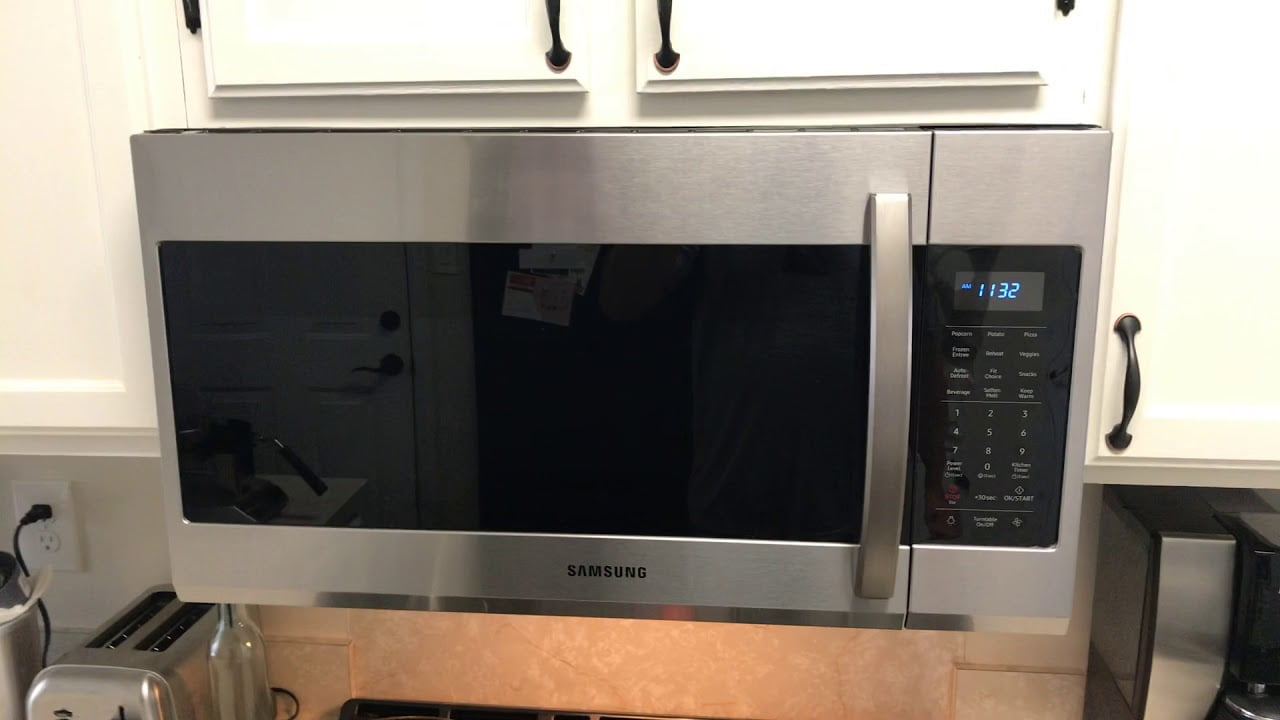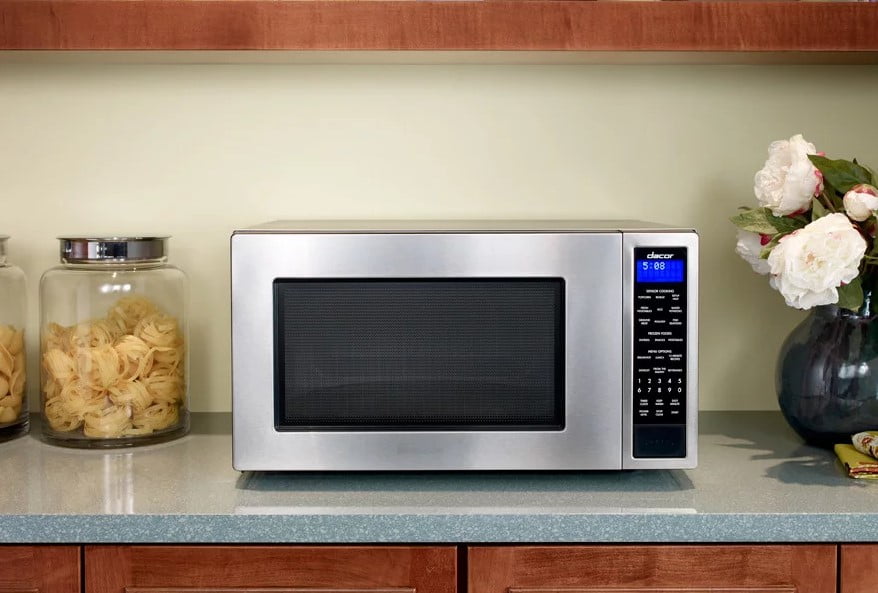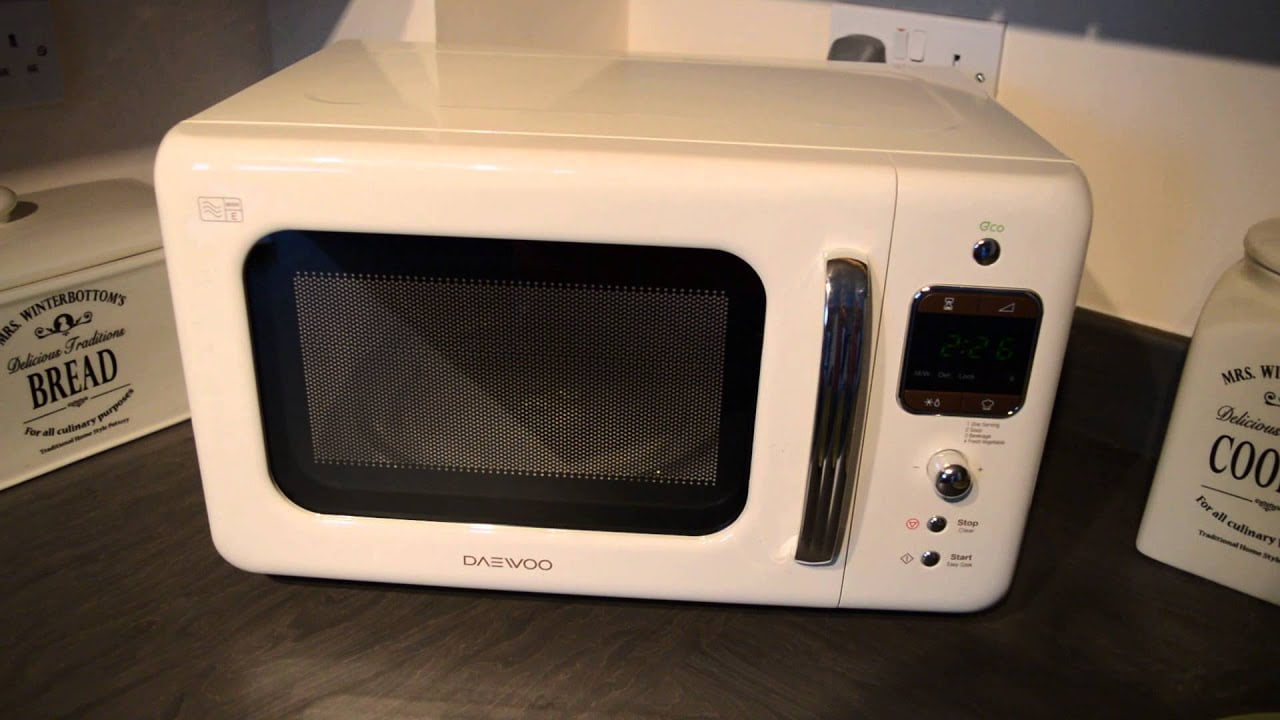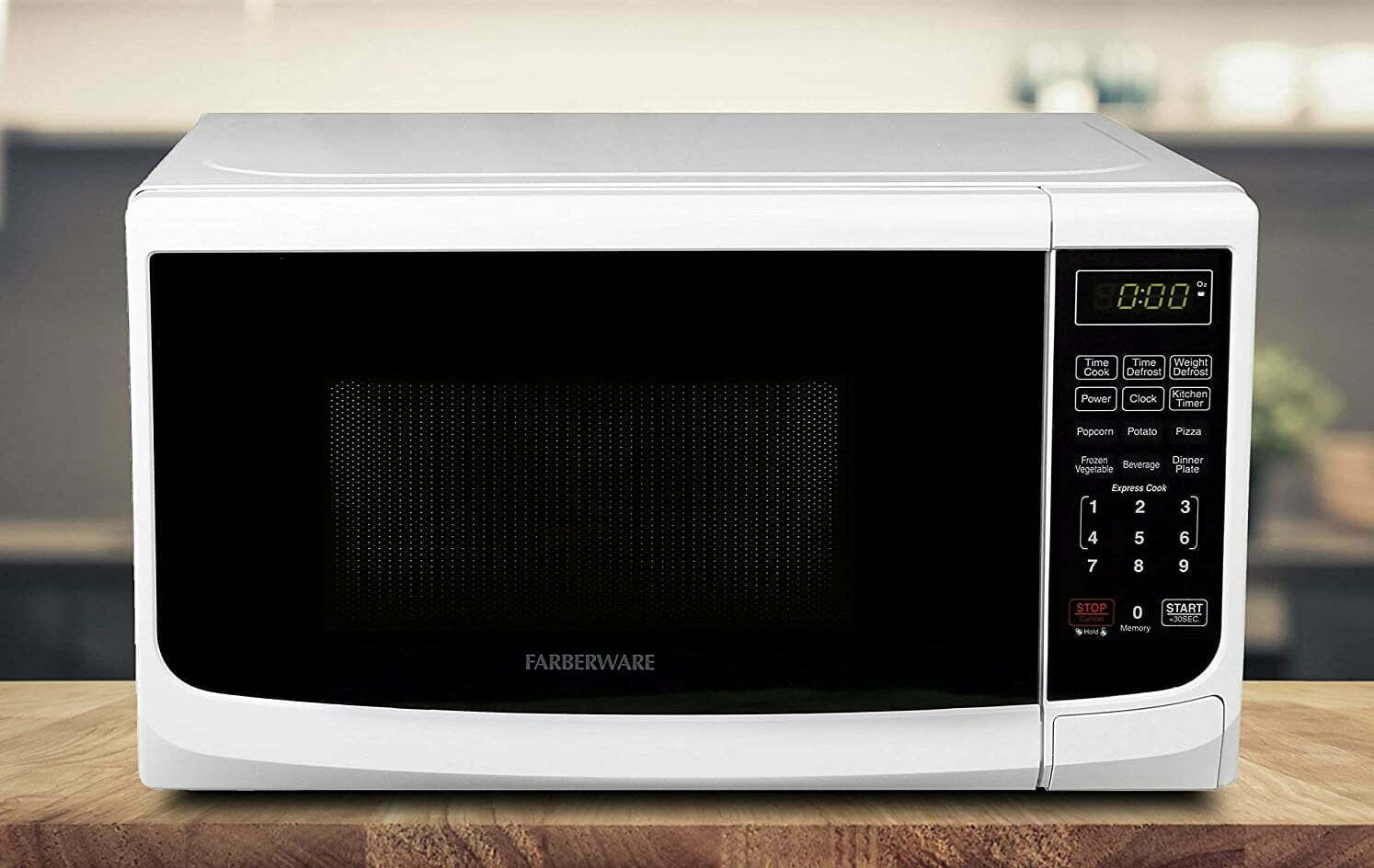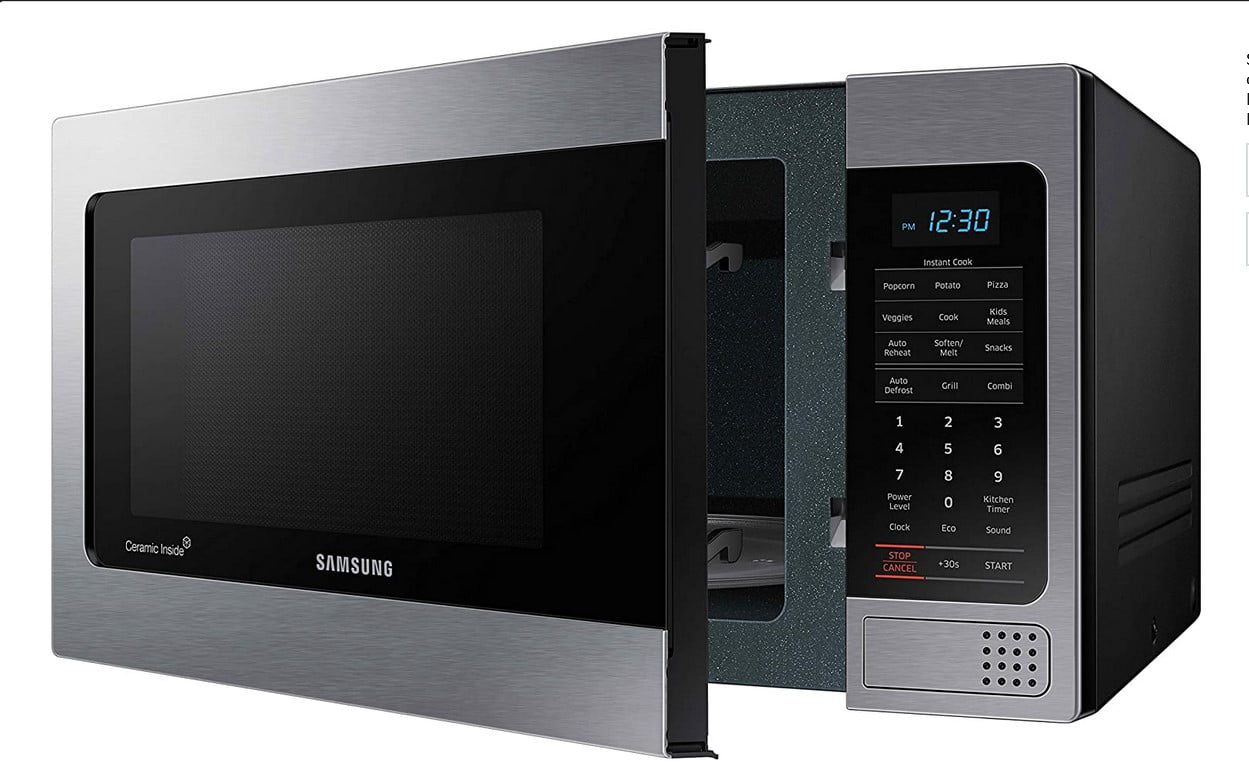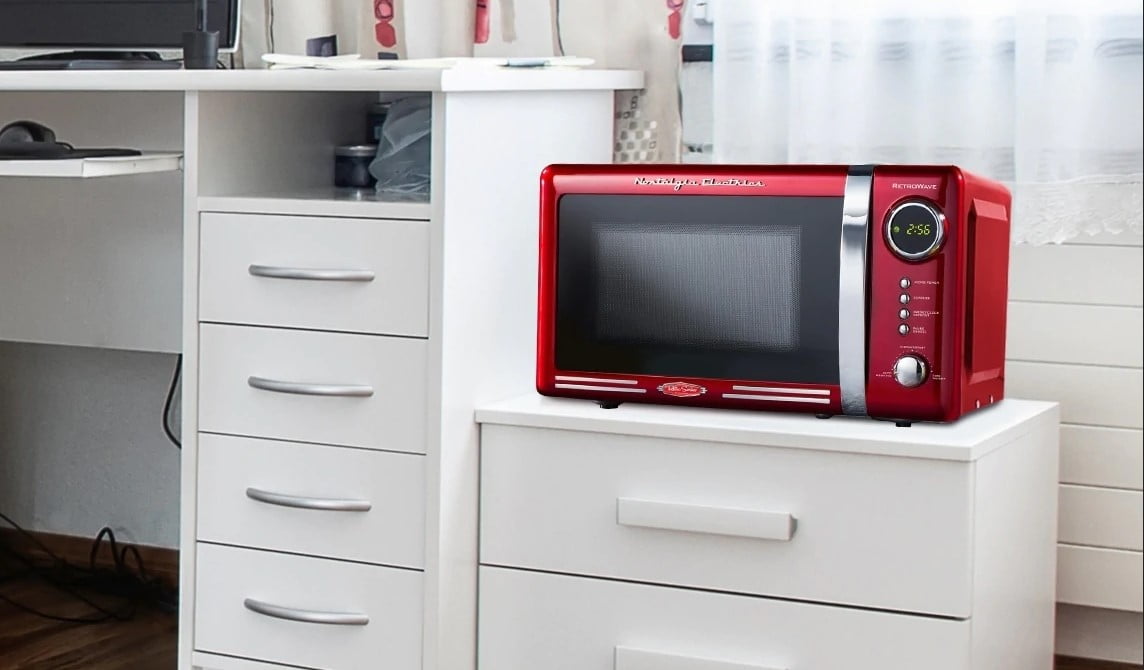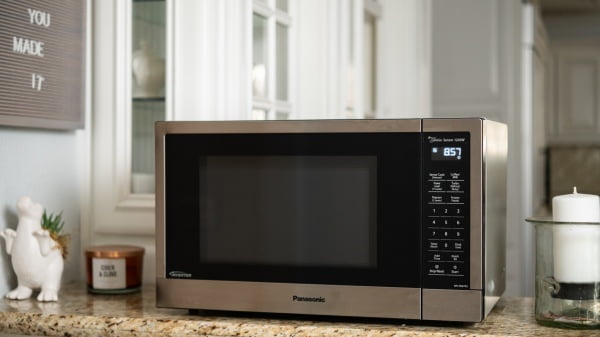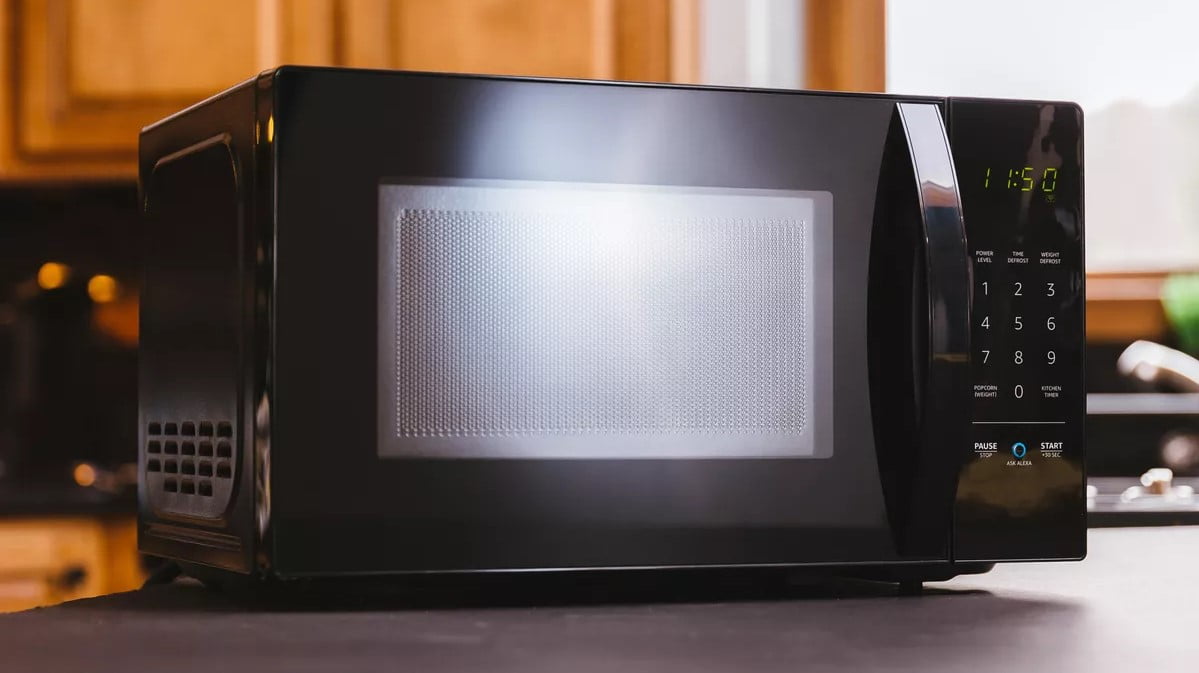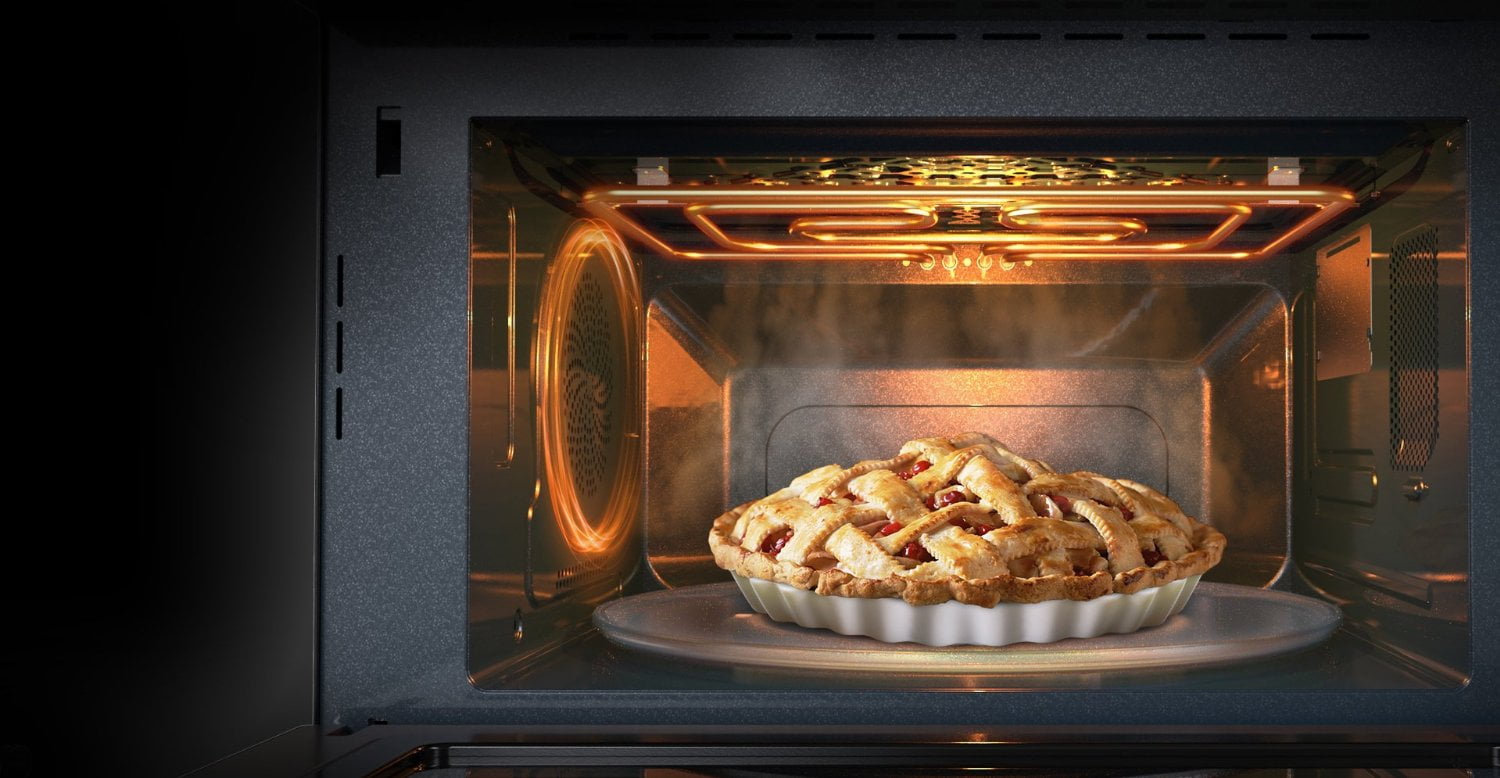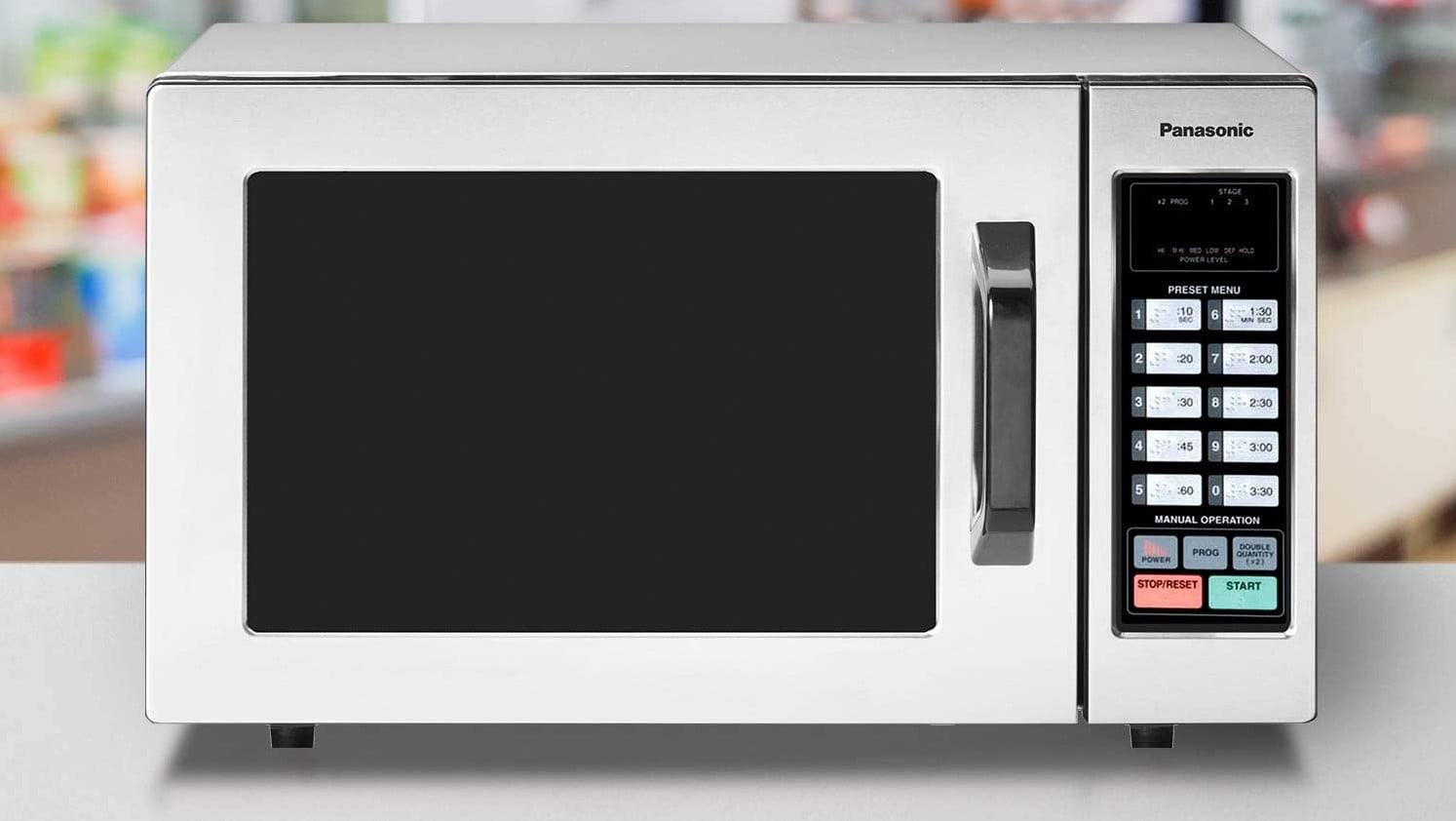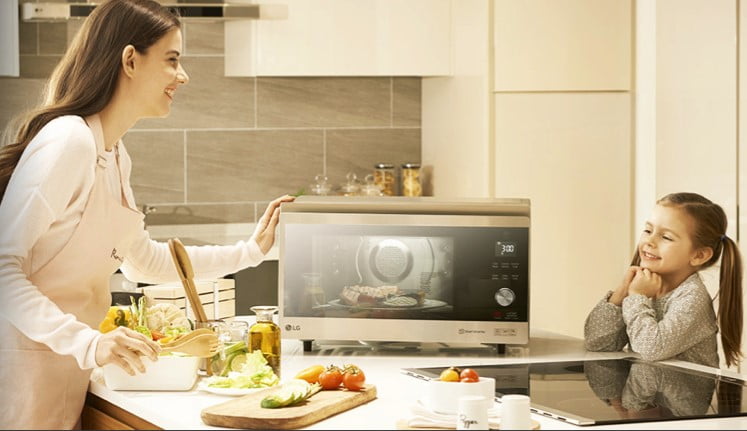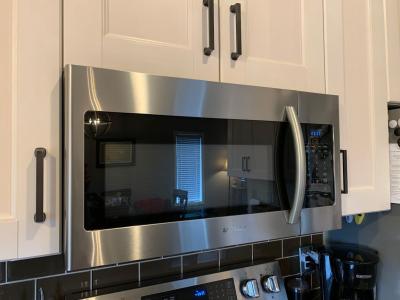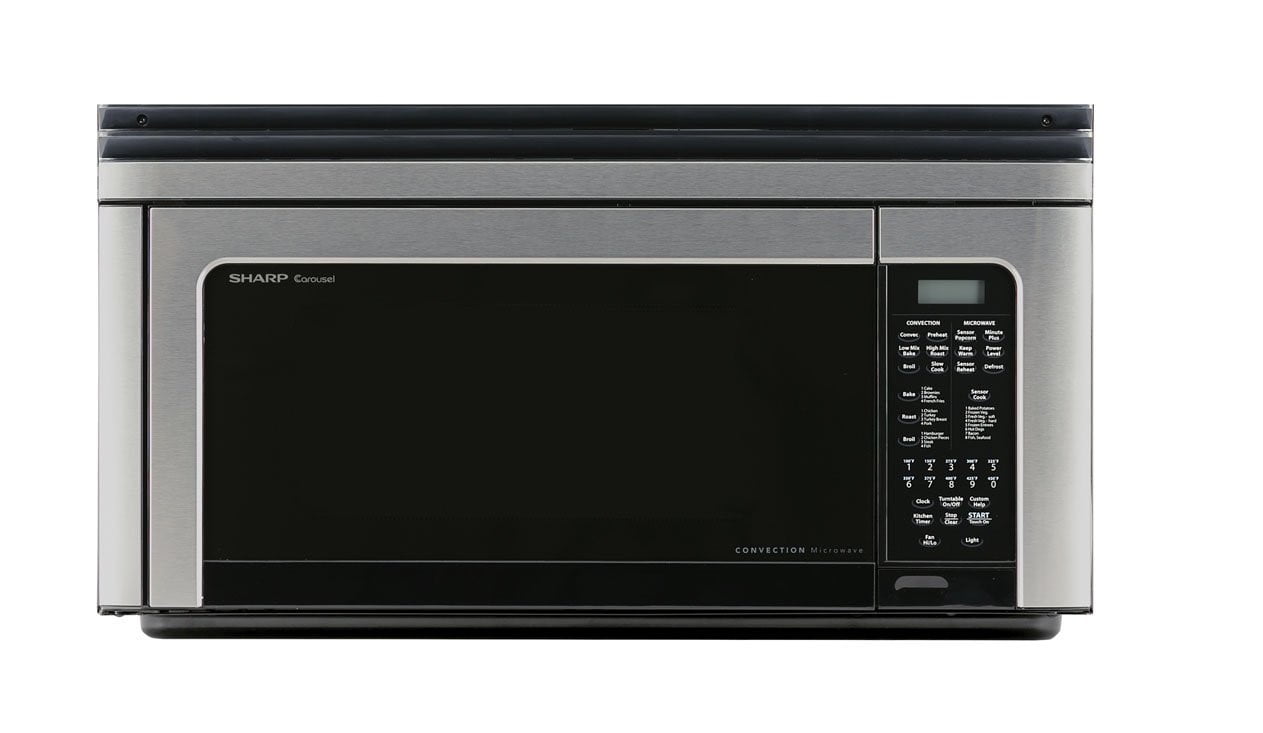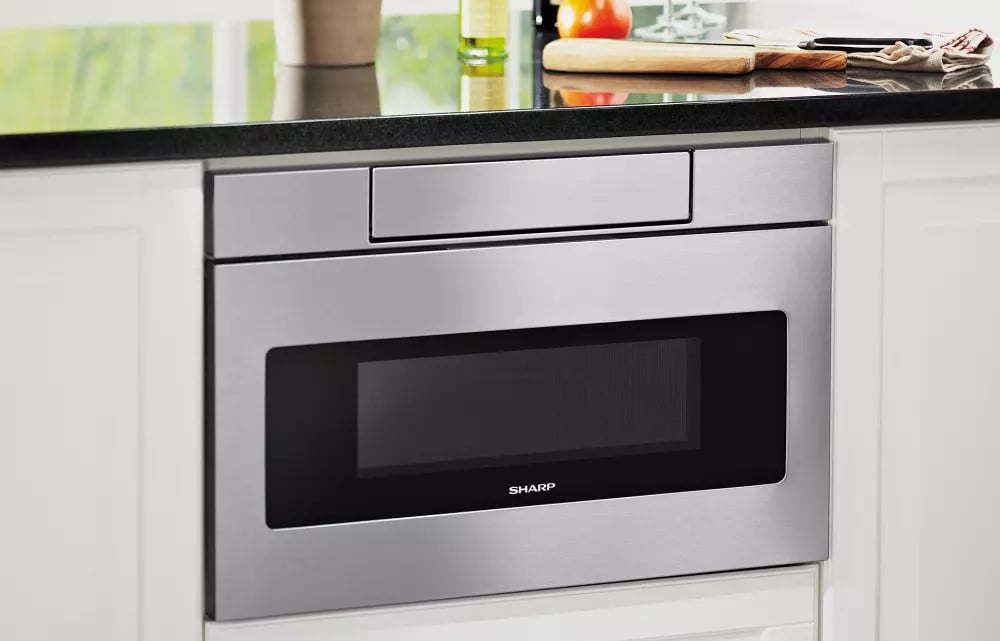If you’re shopping for the best microwave oven, you may have wondered about ceramic vs. stainless steel microwave cavities. Of course, a countertop microwave with either oven cavity will be microwave safe. Still, there are critical differences between a ceramic cavity and a stainless steel cavity. For example, the cavity in microwave ovens can affect cooking time and the heat distribution in certain food types. Read on if you want to learn the difference between a ceramic enamel and a stainless steel cavity.
KEY TAKEAWAYS:
- A microwave oven with a stainless steel interior will cook faster than a ceramic model.
- Ceramic microwave cavities are usually easier to clean than stainless steel microwaves.
- If you can afford it, a stainless steel microwave should produce a more satisfying cooking experience.
Comparing Stainless Steel and Ceramic Enamel Cavities
The main difference between these types of microwave oven cavities is how the cavity interacts with electromagnetic waves. For example, stainless steel is a superior conductor of heat compared to ceramic coating. In addition, a microwave oven with a ceramic enamel interior will have a slower heating process than a stainless steel model.
Insider Tip
Your preset cooking options should compensate for the slowed heating process of a ceramic enamel interior, but it will take a bit longer than stainless steel to reach optimal heating.
Much like comparing cooking time in a microwave oven vs a normal oven, your cooking materials matter for many types of food.
Cooking Speed
Stainless steel microwave ovens cook food faster than ceramic enamel models. The metal walls reflect electromagnetic waves at a higher rate, leading to faster microwave cooking. In addition, stainless steel allows for a more dense microwave distribution. The material is better for protection against leakage of microwave waves.
If you want more efficiency in the kitchen, check out our guide to microwave push-buttons vs handles.
Cooking Power
Since stainless steel microwave ovens are generally used in commercial settings, they are more powerful than a regular microwave. In addition, most convection microwaves use a stainless steel interior. That said, a modern microwave oven with a ceramic enamel interior should still deliver optimal cooking.
Easy Cleaning
A countertop microwave oven with a ceramic enamel interior will clean much easier than stainless steel cookware. This is because even a basic microwave model will have a non-stick coating over the ceramic cavity. While stainless steel isn’t a non-stick surface, you can wipe it out with a damp cloth after cooking.
Warning
Do not use metal tools in your microwave, even if it has a stainless steel interior. Electrical arcing will do more damage in a stainless steel model.
F.A.Q.S
What happens if you put stainless steel in the microwave?
If the metal cookware is pure stainless steel, it should be fine in the microwave. That said, if it is mainly made of tin or aluminum with a steel coating, it should not go in your microwave oven. This is because most metal utensils run the risk of arcing, which will damage your appliance.
How do I know if my mug is microwave safe?
Fill the mug with a cup of water and cook it for one minute. If the water is hot but the mug is cool, it is microwave safe. However, if the mug is hot or malleable, it should not be used in your microwave oven.
Is it safe to use a microwave that has peeling paint inside?
You do not want to cook in a microwave oven with internal damage to the steel or ceramic interior. Exposed metal could create electrical arcs, which is a fire hazard. In addition, the paint chips may fall into your food and contaminate your meal.
STAT: A US Department of Energy survey found that 26% of female respondents reported using a convection microwave oven. (source)
REFERENCES:
- https://nvlpubs.nist.gov/nistpubs/Legacy/IR/nbsir79-1719.pdf
- https://www.fsis.usda.gov/food-safety/safe-food-handling-and-preparation/food-safety-basics/cooking-microwave-ovens
- https://en.wikipedia.org/wiki/Microwave_ovenr
- https://files.eric.ed.gov/fulltext/ED319914.pdf
- https://www.youtube.com/watch?v=TTRBJrCqK5c

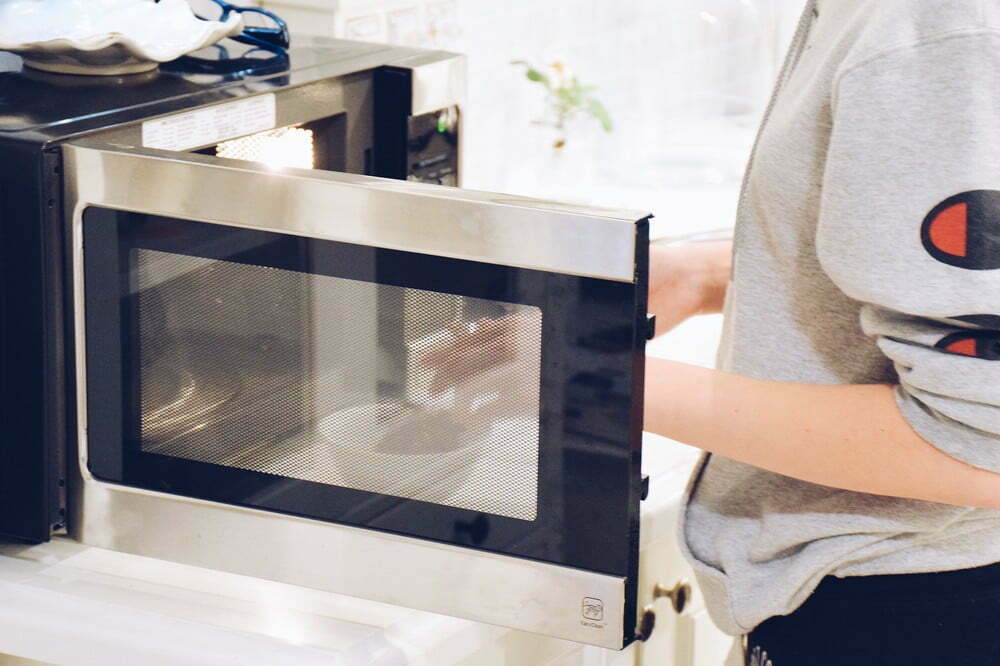













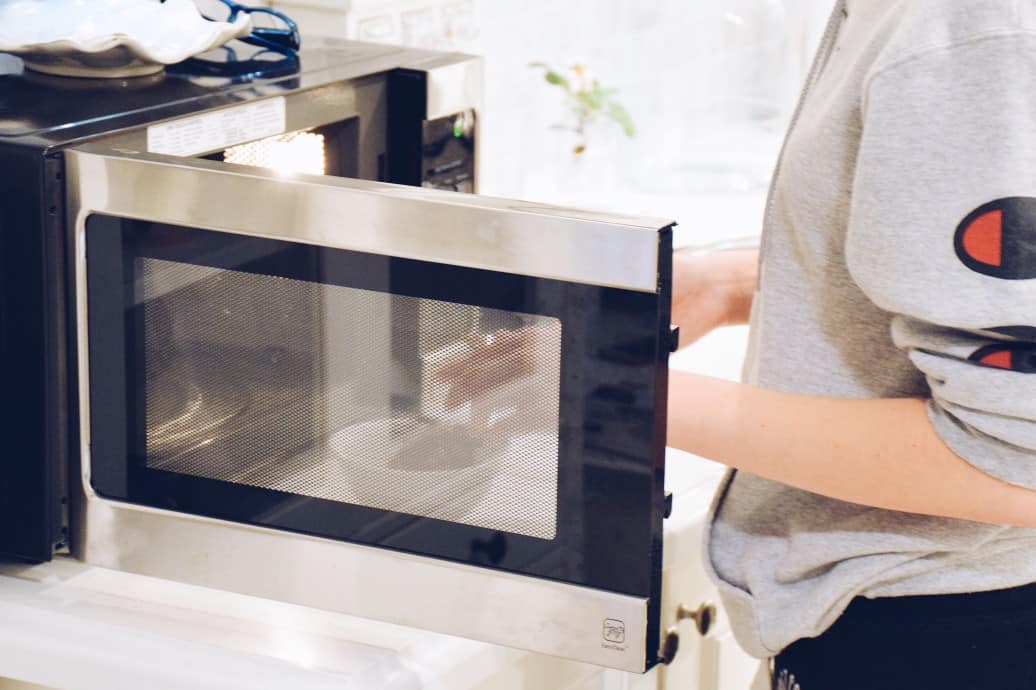
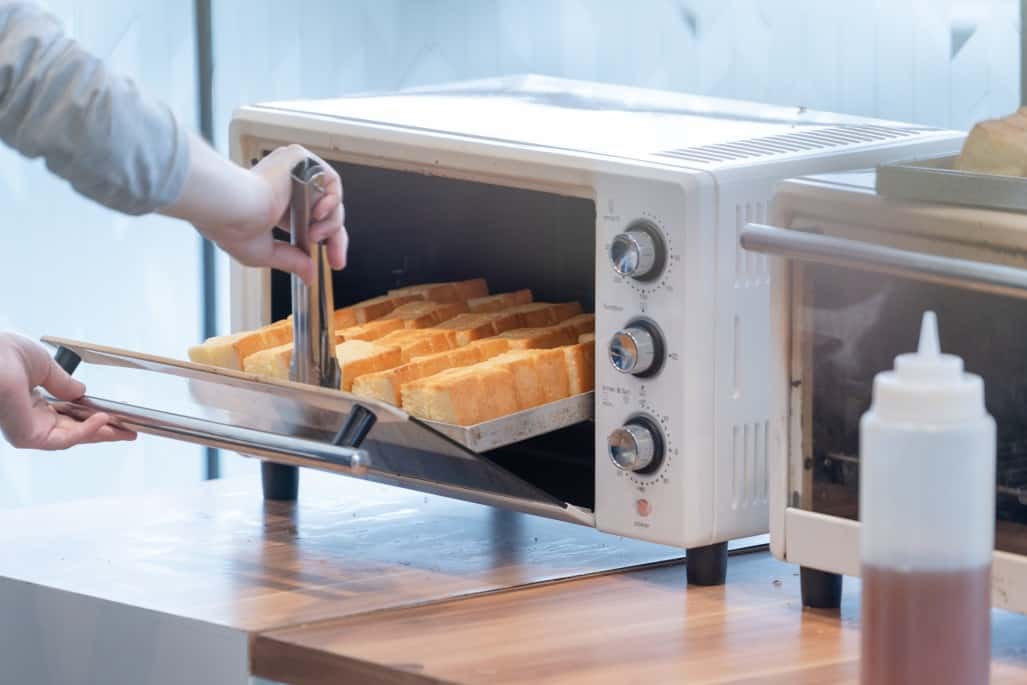
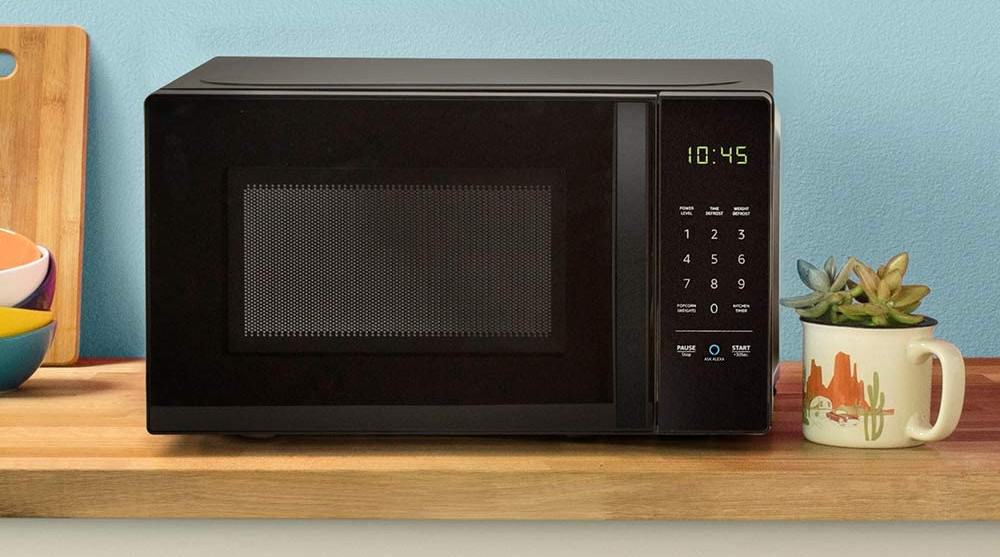

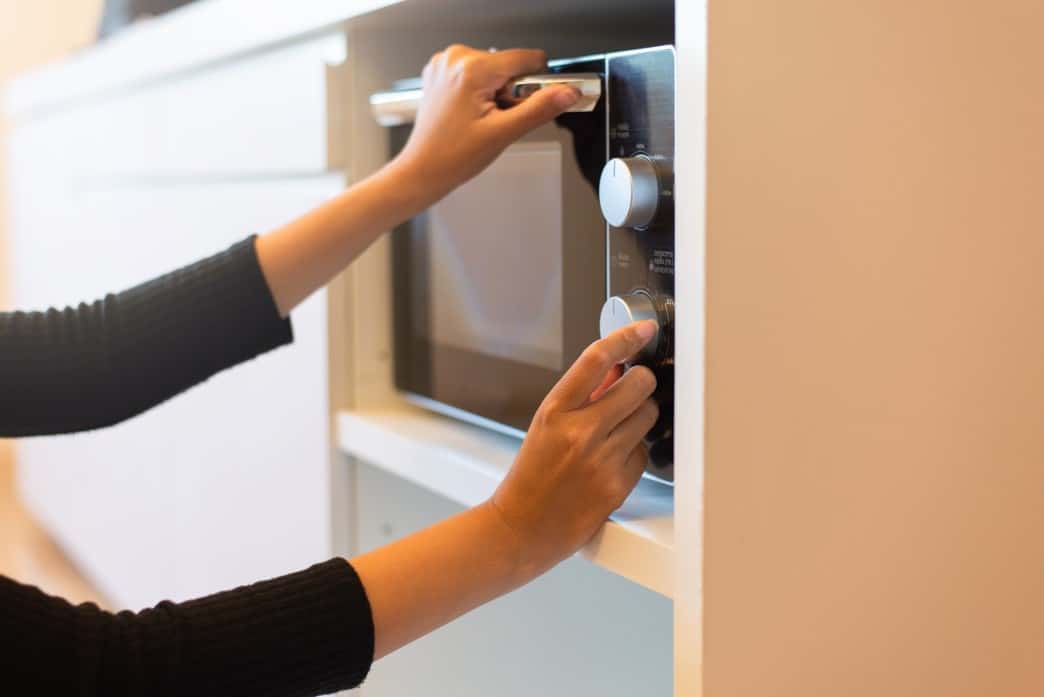
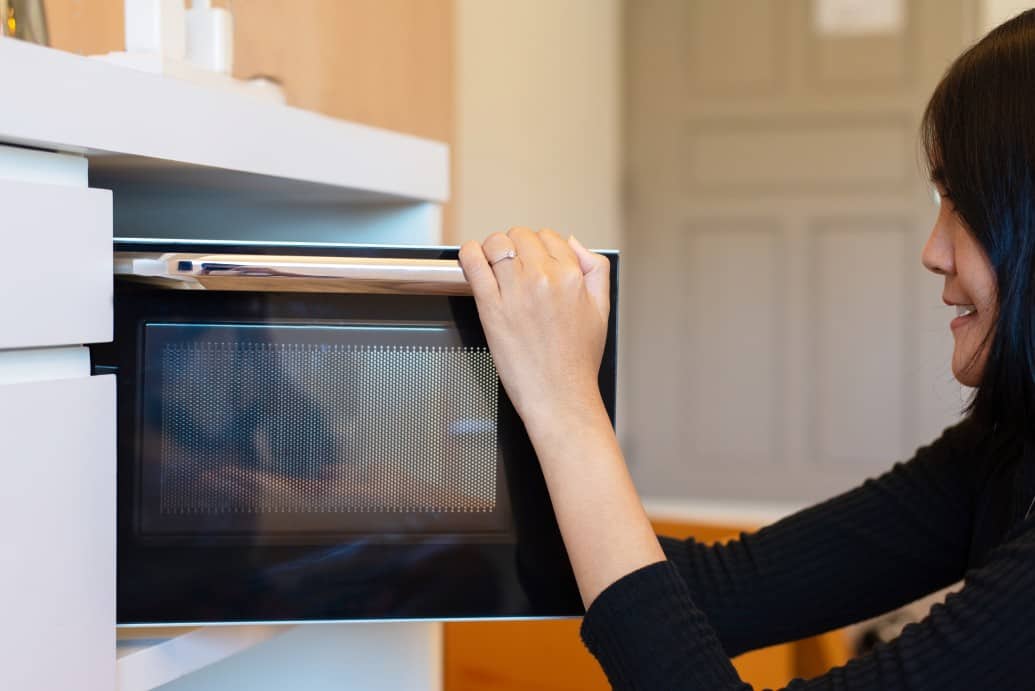
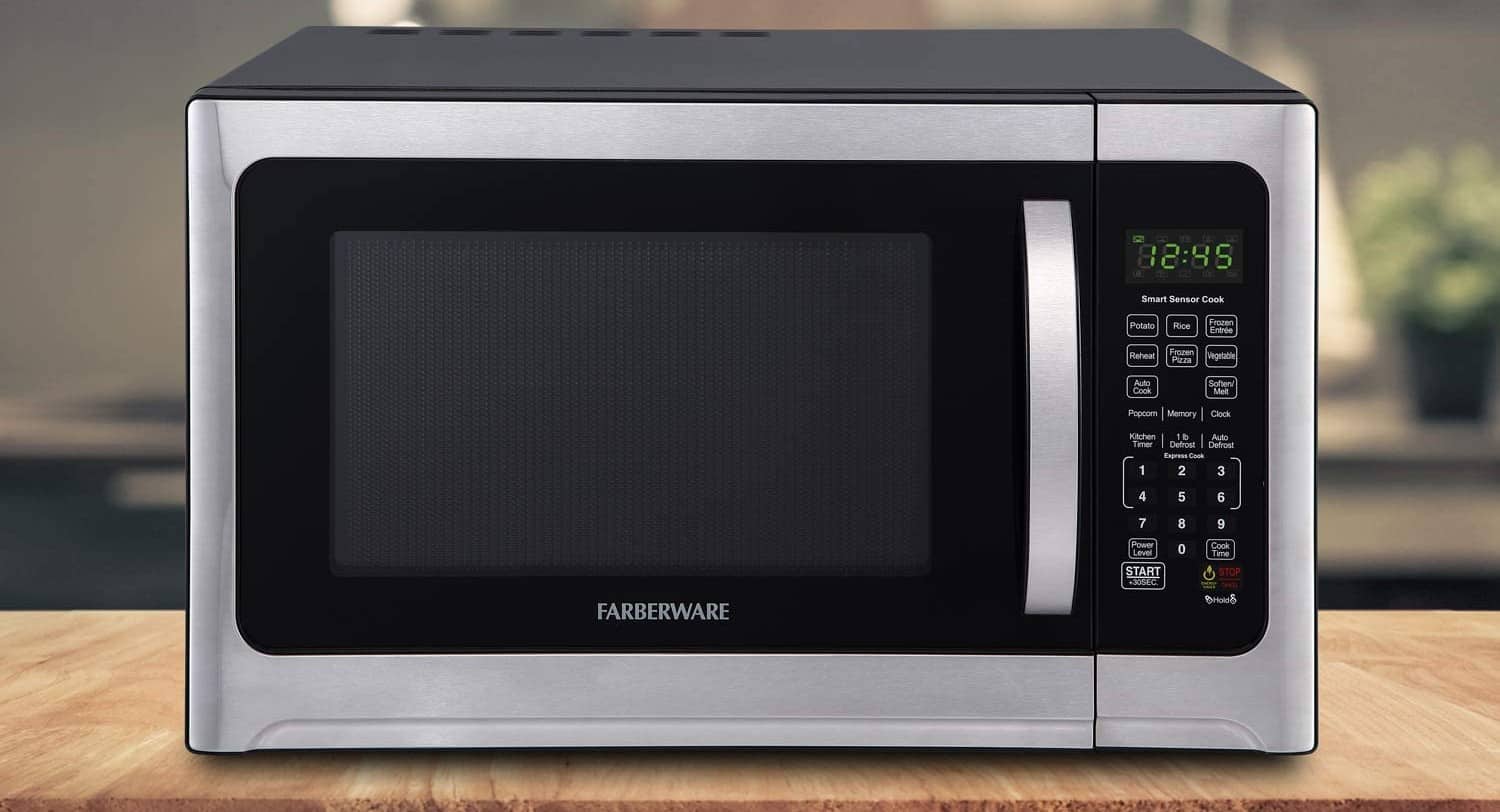
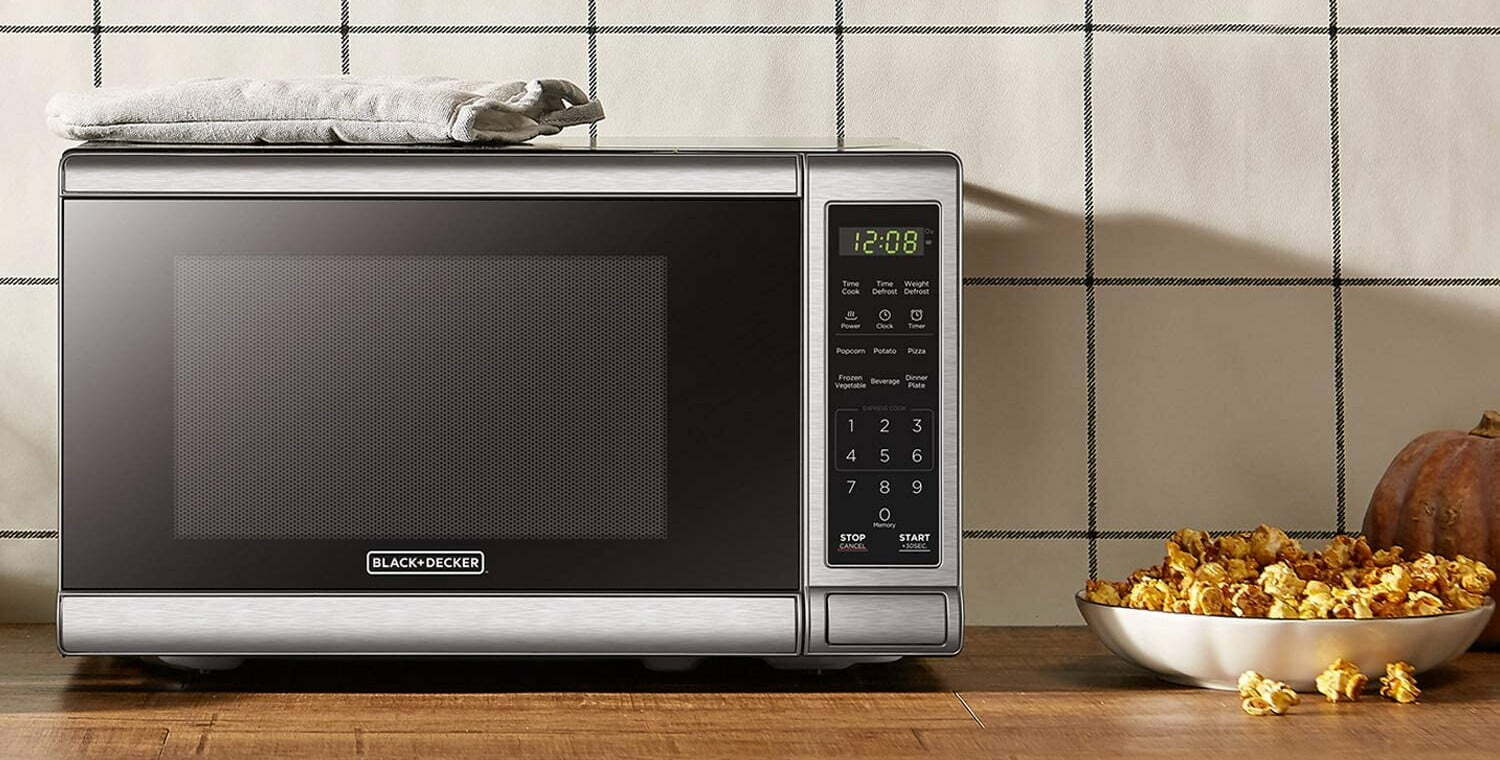
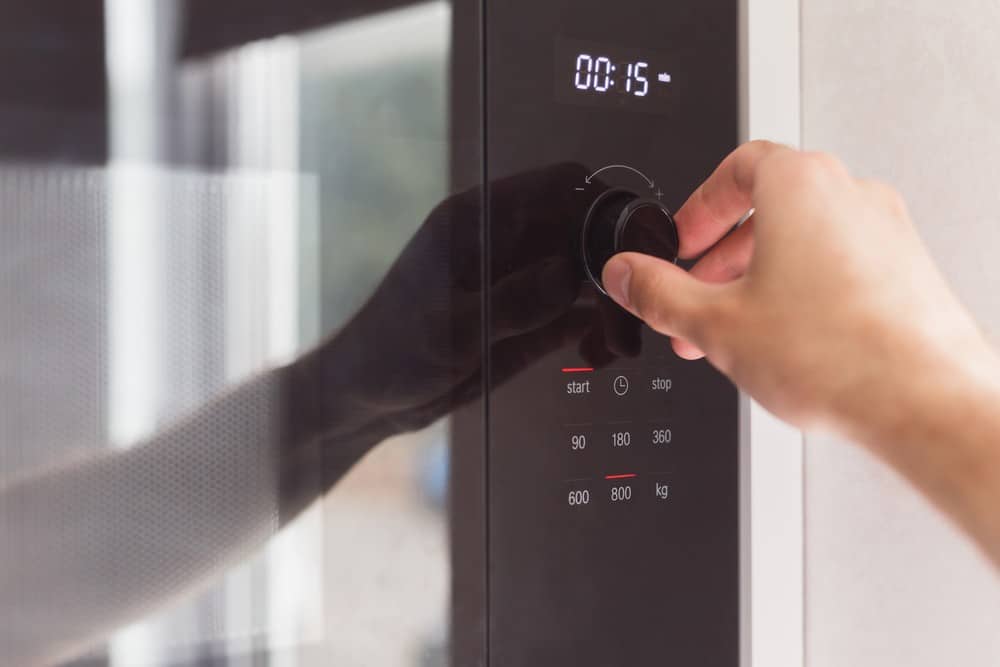
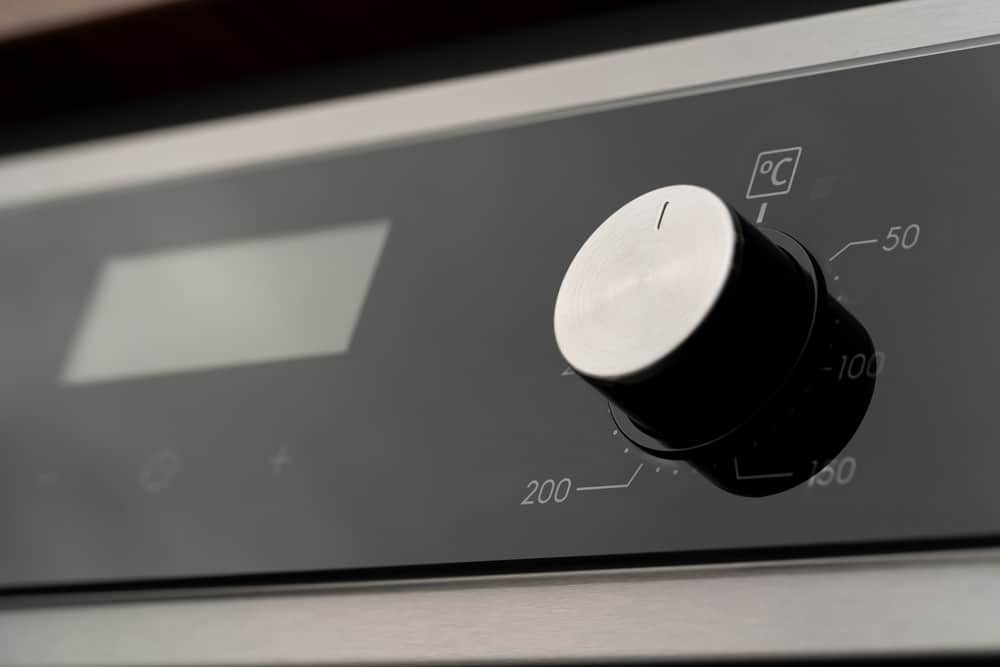
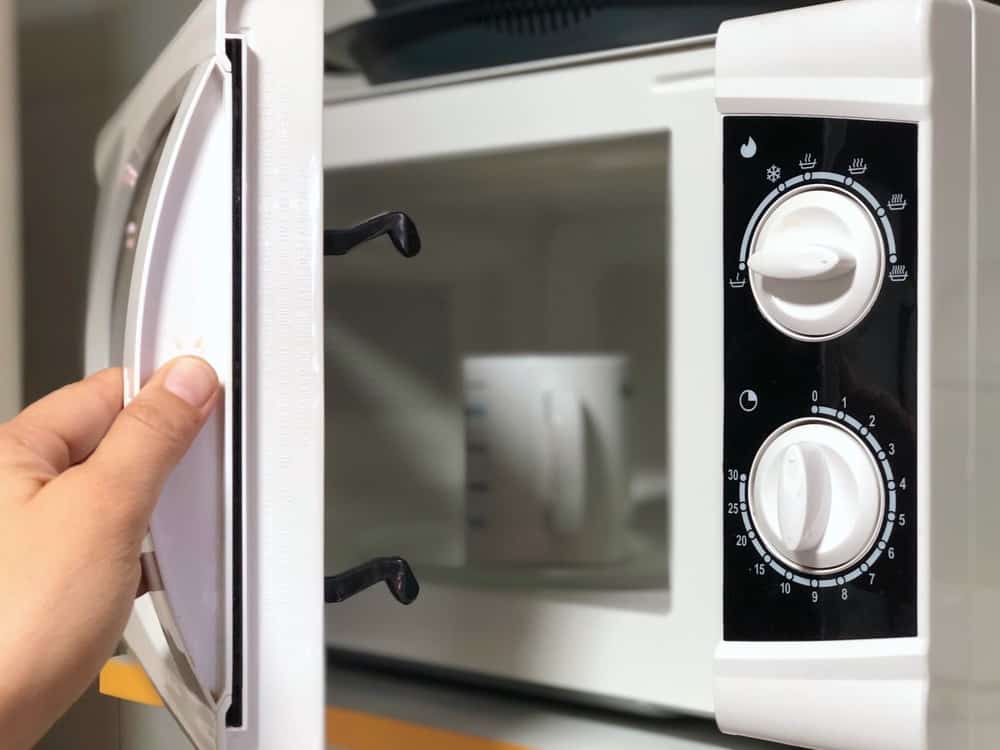
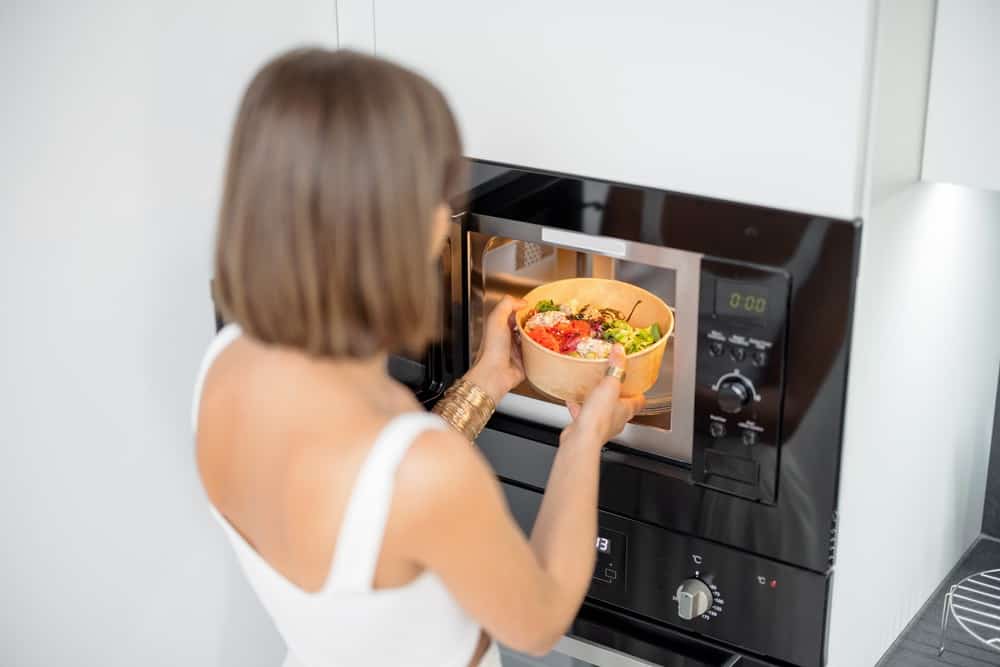
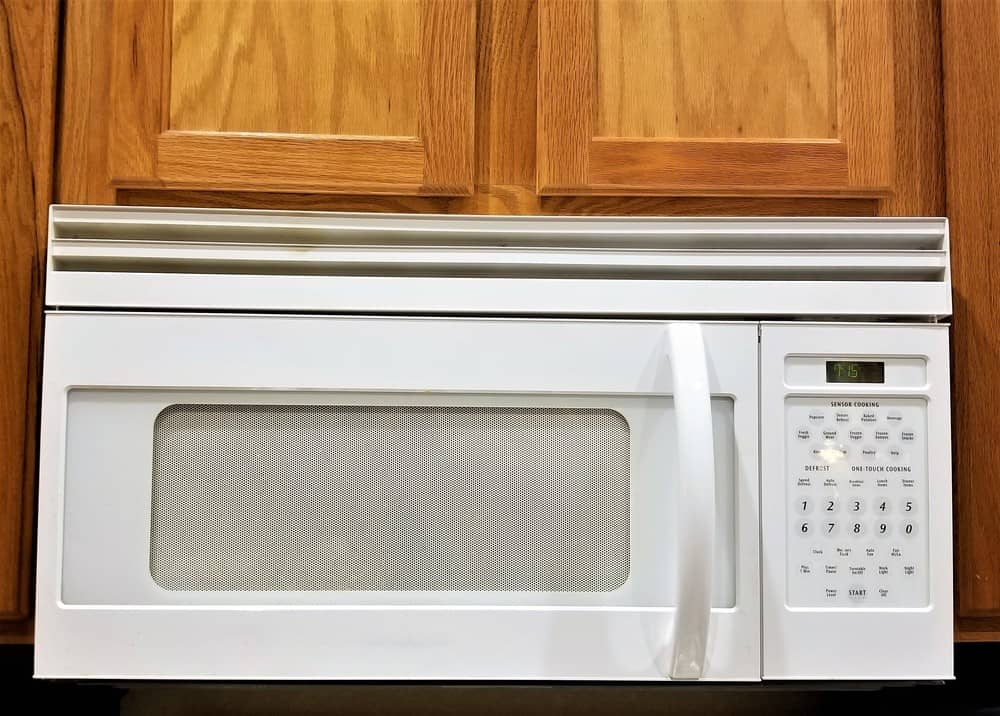
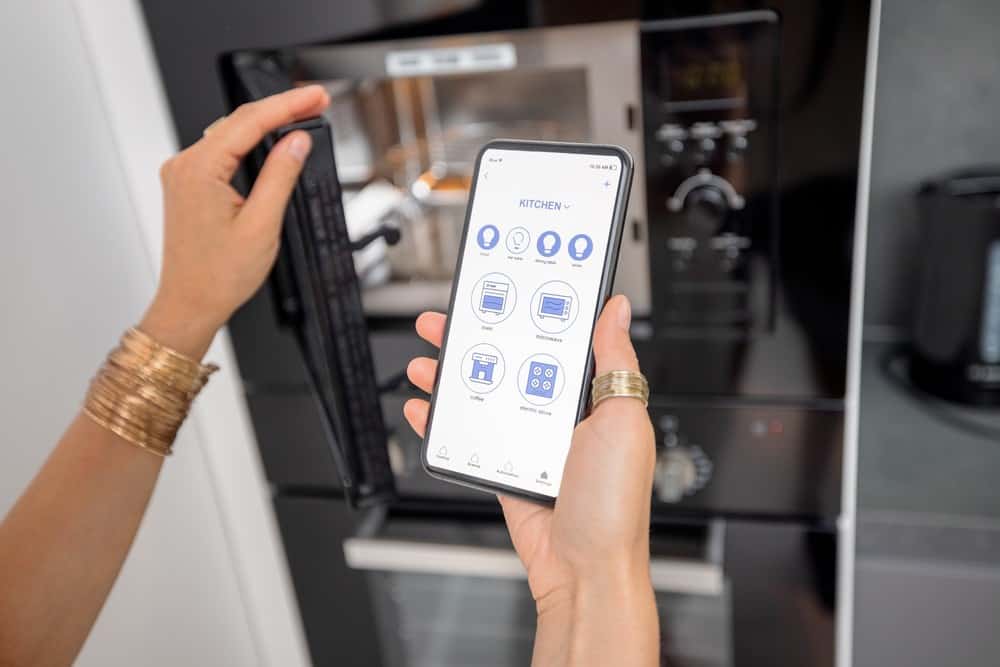

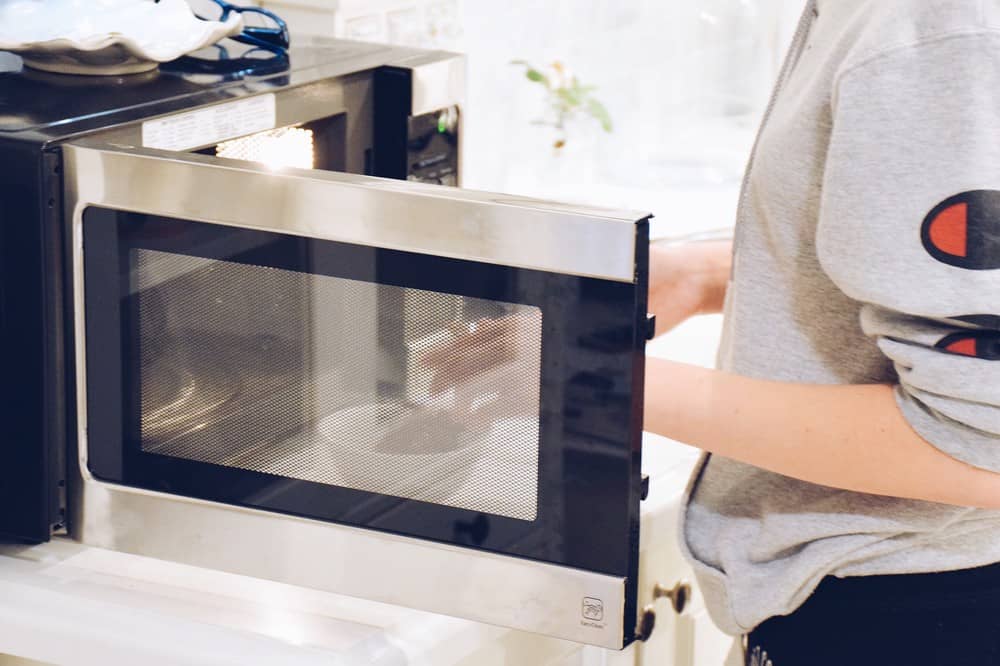

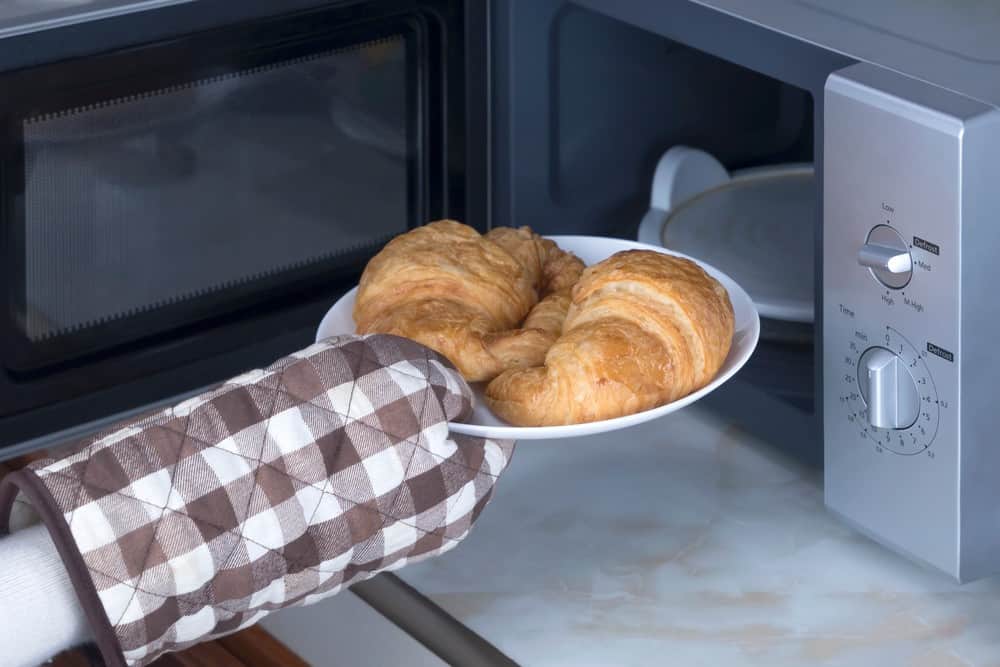
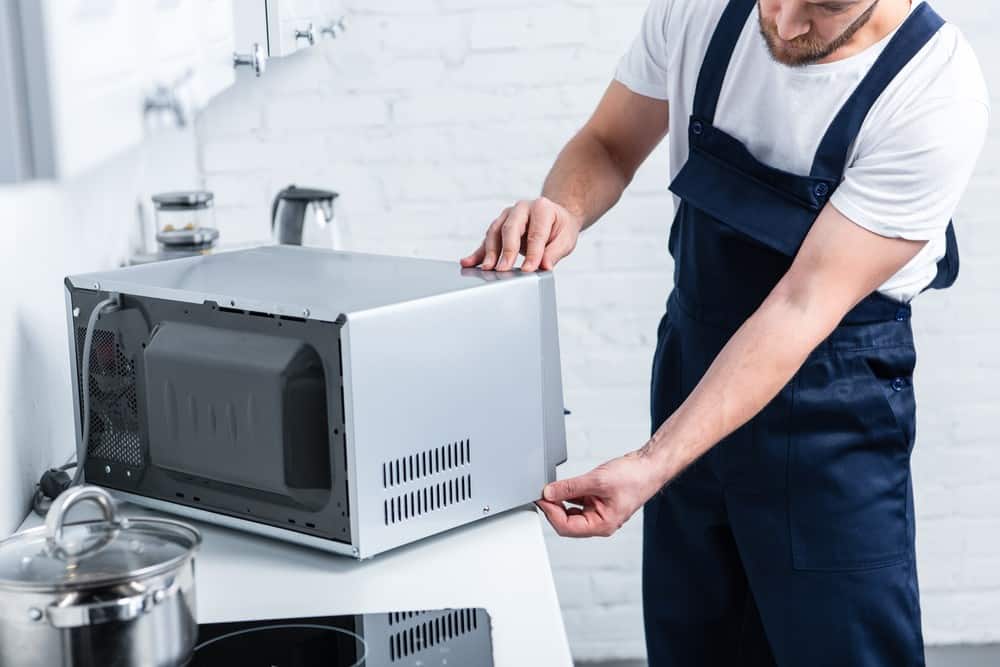
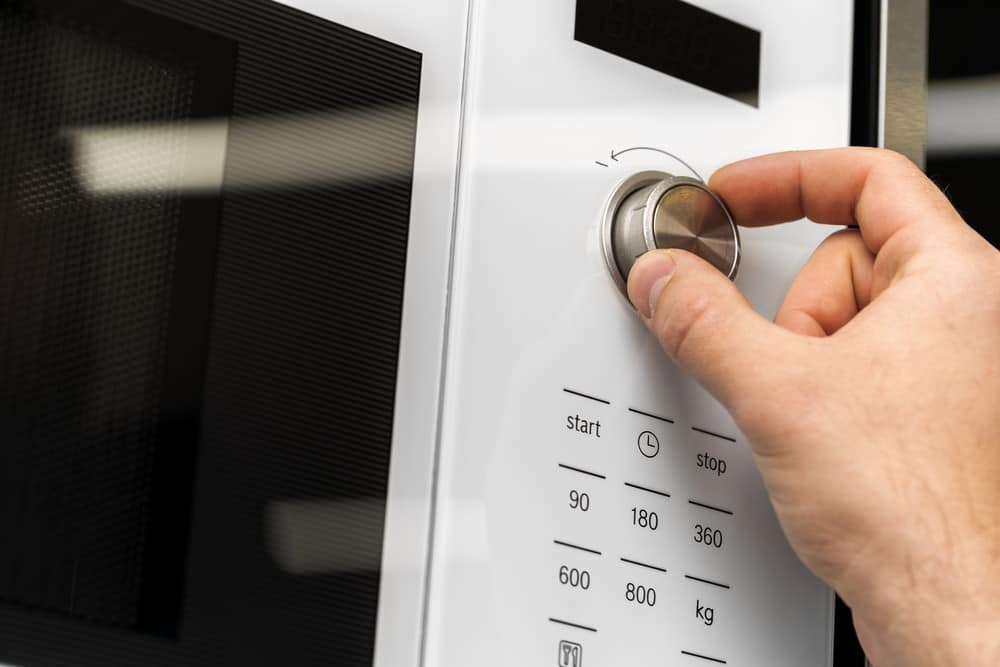
![Best Kitchen Appliances in [year] ([month] Reviews) 27 Best Kitchen Appliances in 2025 (December Reviews)](https://www.gadgetreview.dev/wp-content/uploads/best-kitchen-appliances.jpg)
![Best Whirlpool Microwaves in [year] 28 Best Whirlpool Microwaves in 2025](https://www.gadgetreview.dev/wp-content/uploads/best-whirlpool-microwaves-image.jpg)
![Best Microwave Drawers in [year] 29 Best Microwave Drawers in 2025](https://www.gadgetreview.dev/wp-content/uploads/best-microwave-drawer-image.jpg)
![Best Quiet Microwaves in [year] 30 Best Quiet Microwaves in 2025](https://www.gadgetreview.dev/wp-content/uploads/best-quiet-microwave-image.jpg)
![Best LG Microwaves in [year] 31 Best LG Microwaves in 2025](https://www.gadgetreview.dev/wp-content/uploads/best-lg-microwaves-image.jpg)
![Best Microwaves in [year] ([month] Reviews) 32 Best Microwaves in 2025 (December Reviews)](https://www.gadgetreview.dev/wp-content/uploads/best-microwaves-image.jpg)
![Best Over the Range Convection Microwaves in [year] 33 Best Over the Range Convection Microwaves in 2025](https://www.gadgetreview.dev/wp-content/uploads/best-over-the-range-convection-microwave-image.jpg)
![Best Retro Microwaves in [year] 34 Best Retro Microwaves in 2025](https://www.gadgetreview.dev/wp-content/uploads/best-retro-microwave-image.jpg)
![Best GE Microwaves in [year] 35 Best GE Microwaves in 2025](https://www.gadgetreview.dev/wp-content/uploads/best-ge-microwaves-image..jpg)
![10 Best Samsung Microwaves in [year] 36 10 Best Samsung Microwaves in 2025](https://www.gadgetreview.dev/wp-content/uploads/best-samsung-microwaves-image.jpg)
![10 Best Microwaves for Seniors in [year] 37 10 Best Microwaves for Seniors in 2025](https://www.gadgetreview.dev/wp-content/uploads/best-microwaves-seniors-image.jpg)
![10 Best Microwave Toaster Oven Combo in [year] 38 10 Best Microwave Toaster Oven Combo in 2025](https://www.gadgetreview.dev/wp-content/uploads/best-microwave-toaster-oven-combo-scaled-1.jpg)
![10 Best Panasonic Microwaves in [year] 39 10 Best Panasonic Microwaves in 2025](https://www.gadgetreview.dev/wp-content/uploads/best-panasonic-microwaves.jpg)
![10 Best Microwaves for College Dorms in [year] 40 10 Best Microwaves for College Dorms in 2025](https://www.gadgetreview.dev/wp-content/uploads/best-microwaves-for-college-dorms.jpg)
![10 Best Compact Microwaves in [year] 41 10 Best Compact Microwaves in 2025](https://www.gadgetreview.dev/wp-content/uploads/best-compact-microwave-image.jpg)
![10 Best Convection Microwave Ovens in [year] 42 10 Best Convection Microwave Ovens in 2025](https://www.gadgetreview.dev/wp-content/uploads/best-convection-microwave-oven-image.jpg)
![10 Best Built In Microwaves in [year] 43 10 Best Built In Microwaves in 2025](https://www.gadgetreview.dev/wp-content/uploads/best-built-in-microwave-image.jpg)
